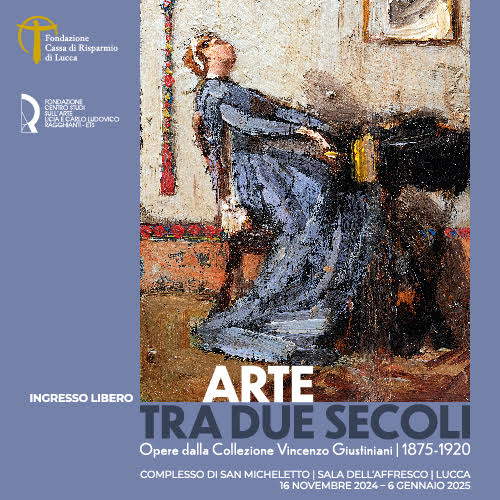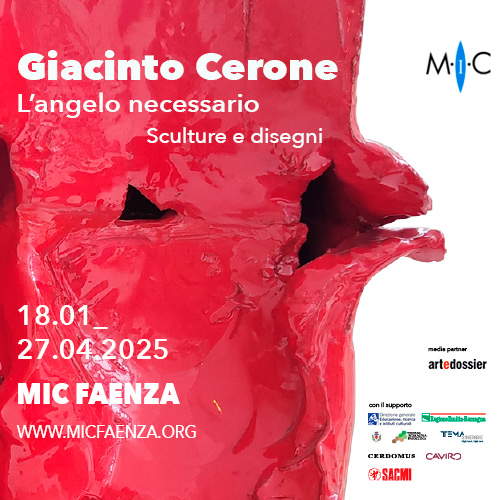Ben Vautier dies by suicide shortly after wife's disappearance. Children: 'he could not live without her'
Farewell to Ben Vautier, the French artist who was among the founders of the Fluxus movement. Vautier was found dead in his home in Aspremont, near Nice, yesterday: a firearm was found next to his body. Only on Tuesday, following a stroke, his wife Annie Baricalla had passed away, and Ben Vautier committed suicide in the following hours: the two had spent their entire lives together (they were married in 1964, he was then twenty-nine, she twenty-five). “Geniuses never stand alone,” declared the couple’s children, Eva and François Vautier. “We will remember Annie and Ben Vautier as an emblematic couple of 20th-century art.” The children explained in a statement sent to the press that the artist “not wanting and unable to live without his wife” took his own life a few hours after Annie’s disappearance. According to France3, Ben Vautier also reportedly left a note explaining his intention to be reunited with his wife in the impossibility of living without her.
Benjamin Vautier, commonly known simply as Ben, is one of the most versatile and provocative contemporary artists of the 20th century. Born July 18, 1935, in Naples to a French family of Swiss descent, Ben spent most of his life in France, where he developed his unique style that blends art, philosophy, and humor. He is mainly associated with the Fluxus movement.
Ben Vautier began his artistic career in the 1950s as a self-taught artist, initially interested in music and writing. However, it was his encounter in Paris with the Fluxus movement, and its founder George Maciunas, that marked a decisive turning point in his life. The Fluxus movement promoted the idea that art should be a participatory experience, capable of breaking down barriers between artist and audience.This philosophy deeply influenced Ben Vautier, who began to explore new forms of artistic expression.
Ben Vautier’s art is characterized by a bold use of words and texts. His works often consist of short, provocative sentences written on canvases, everyday objects or walls. These statements are direct and provocative, prompting viewers to reflect on social, political and artistic conventions. Phrases such as “I don’t understand,” “What is art?”, “Fluxus is life,” “Everything is art,” and “Art is everywhere” are among his most famous writings, capable of inviting the audience to a critical reflection on the nature of the concepts Vautier wanted to emphasize. Another distinctive feature of Ben’s work is his participatory approach, with performances that directly involved the audience, challenging the traditional separation of artist and viewer, and in line with the Fluxus philosophy, which promoted art that was democratic and accessible to all. In 1981 he also founded his own movement, called Figuration Libre. His works are part of the Centre Pompidou in Paris, MoMA in New York, the Reina Sofía Museum in Madrid, and other major collections.
Pictured are Ben Vautier and Annie Baricalla.
 |
| Ben Vautier dies by suicide shortly after wife's disappearance. Children: 'he could not live without her' |
Warning: the translation into English of the original Italian article was created using automatic tools. We undertake to review all articles, but we do not guarantee the total absence of inaccuracies in the translation due to the program. You can find the original by clicking on the ITA button. If you find any mistake,please contact us.































